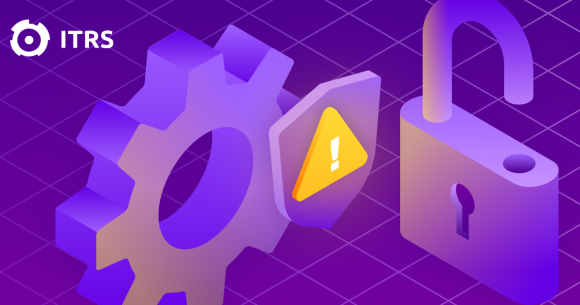Good infrastructure monitoring can help deter cyberattacks
As financial services organizations hike spending on cybersecurity protection, they should be aware that their infrastructure monitoring can play a big (and cost-effective) part in the solution.
Despite inflationary pressures, worldwide IT spending is expected to rise this year. Spending is projected to be $4.5 trillion, an increase of 2.4% from 2022, according to Gartner. While this figure is down from the previous quarter’s forecast of 5.1% growth, enterprise IT spending remains strong.
Rising spending on cybersecurity
The majority of financial institutions plan to increase their security budgets by 20% to 30%, according to recent data. With an average cost of $5.72 million per data breach, it’s not surprising. Cybersecurity defenses are complicated and expensive. Bank of America, for example, said it spends over $1 billion yearly on cybersecurity.
All of this raises the question of how to proactively help prevent cyberattacks in a cost-effective manner? Many organizations have their own rigorous security regimes, involving many different defense layers, to keep up in a constantly evolving threat landscape. What they may not realize is that an effective cybersecurity plan should have a comprehensive, layered approach that includes infrastructure monitoring. How does infrastructure monitoring help?
As previously mentioned, security breaches can be costly, especially to financial organizations. While there is no magic bullet to stopping all threats to your IT estate, real-time visibility of the infrastructure running your financial business can help identify, diagnose, and resolve issues before they impact business operations or your reputation.
For example, what systems are talking to each other? Do they have permission to do so? Are there systems communicating that shouldn’t be? Whether your business is running IT infrastructure entirely on-premises, in the cloud, or a mix of both, you will need an infrastructure monitoring solution that is both full-featured, affordable, and scalable to fit your IT estate.
These are some basic features to look for:
Host Monitoring
Host monitoring provides data about what’s going on with each infrastructure device. A very simple form of host monitoring might be checking if a host is using more memory than usual. Host monitoring provides a fundamental understanding of the performance, stability, and overall health of your IT infrastructure.
Network Monitoring
At the network level, monitoring will consist of watching traffic between devices and the messages being sent from your network to the internet. You want to know exactly what systems are talking to each other and easily identify any new devices appearing in your network that you aren’t expecting.
Advanced infrastructure monitoring ensures integrity and security
Lots of money is directed toward thwarting cyberattacks with many companies using multiple vendors. However, a best-in-class infrastructure monitoring solution can be a powerful link in the security chain ensuring operational resilience, network availability, and more.
Learn more about ITRS infrastructure monitoring by clicking below.




